The Difference Between Mythical, Legendary, and Folkloric Creatures
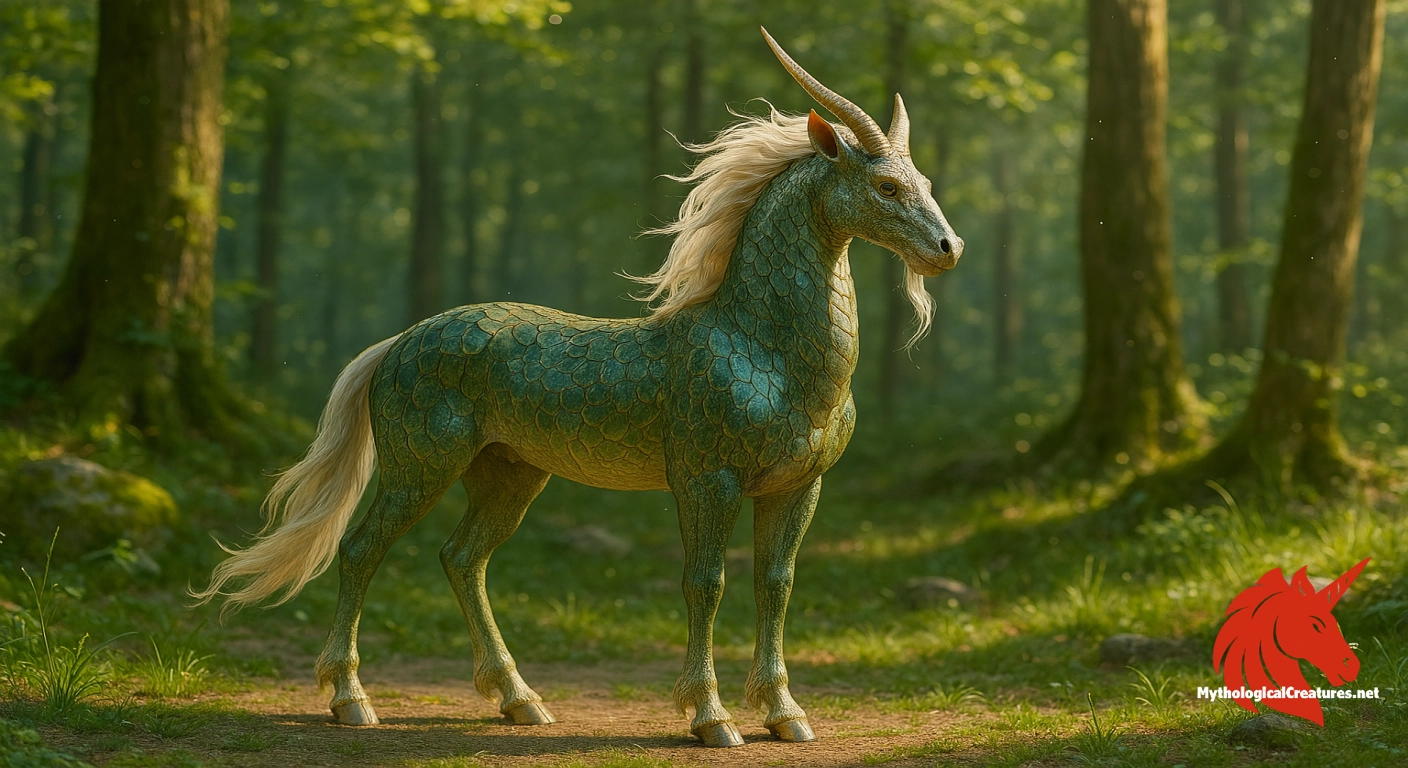
Delving into the Realm of the Fantastic: Unraveling the Difference Between Mythical, Legendary, and Folkloric Creatures
The human imagination has always been fertile ground for the creation of beings that transcend the ordinary. From winged steeds soaring through the heavens to mischievous sprites dwelling in the woods, supernatural creatures populate our stories, dreams, and cultural landscapes. However, navigating this bestiary of the extraordinary can be confusing. Are dragons mythical, legendary, or folkloric? Is a fairy the same type of being as a sphinx? Understanding the difference between mythical legendary folkloric creatures is crucial for appreciating the nuances of storytelling and the rich tapestry of human belief systems.
Following is our aim to unravel the complexities of categorizing mythological beings, defining legendary creatures, and exploring the realm of folklore beings vs mythical creatures. We will delve into clear definitions, explore the characteristics of each category, and examine the fascinating overlaps and cultural variations that blur the lines between these classifications. By the end, we will have a clearer understanding of mythology terminology and the diverse types of supernatural creatures that populate our collective imaginations, ultimately illuminating the intricate mythology folklore differences.
Defining Mythology, Legend, and Folklore: Establishing the Framework
Before we can effectively differentiate between the creatures that inhabit these realms, it is essential to establish clear definitions for mythology, legend, and folklore themselves. These terms are often used interchangeably in casual conversation, but within academic and cultural studies, they represent distinct, though interconnected, concepts.
Mythology, in its most scholarly sense, refers to a body of myths – traditional stories that are considered sacred and often explain the origins of the world, humanity, natural phenomena, or religious beliefs and practices. Myths are typically set in a primordial time, often before or outside of recorded history, and feature gods, goddesses, primordial beings, and the actions of supernatural forces. Scholars like Mircea Eliade and Joseph Campbell have emphasized the profound symbolic and psychological significance of myths, seeing them as reflections of universal human experiences and archetypes. Mythology provides a framework for understanding the cosmos and humanity's place within it, offering explanations for the unexplainable and shaping cultural values.
Legend, on the other hand, occupies a space closer to the historical realm. Legends are stories passed down through generations, often grounded in historical events or figures, but embellished over time with fantastical elements and supernatural occurrences. While myths operate in a timeless, sacred realm, legends are typically situated in a more recent past and often center around human heroes, significant events, or local landmarks. They serve to commemorate historical figures, explain local phenomena, or convey moral lessons. Unlike the primarily sacred nature of myth, legends can blend elements of the sacred and the secular, often functioning as a form of cultural memory and identity.
Folklore is the broadest category, encompassing the traditional beliefs, customs, stories, jokes, songs, and art of a community or culture. It is the living, dynamic expression of shared cultural heritage, transmitted orally and through practice, often within informal settings. Folklore is deeply embedded in everyday life and reflects the values, anxieties, and worldview of a particular group. Folkloric creatures are a subset of folklore, representing the supernatural beings that populate these traditions. They are often more localized, intimately connected to specific places and communities, and reflect everyday concerns and anxieties. Folklore emphasizes the communal and adaptive nature of tradition, constantly evolving and responding to contemporary contexts.
In essence, we can think of these categories on a spectrum. Mythology occupies the realm of the sacred and primordial, legends bridge the gap between history and the fantastic, and folklore resides in the everyday, lived experiences of communities. Understanding these distinctions is the first step towards appreciating the nuances of the creatures that populate each category.

Characteristics of Mythical Creatures: Denizens of the Primordial Realm
Mythical creatures are the archetypal beings that inhabit the realm of mythology. These are not merely fantastical animals; they are often deeply symbolic, embodying fundamental concepts and playing crucial roles in creation myths, religious narratives, and cosmological understandings. The classification of mythical beings reveals a pattern of symbolic representation and profound cultural significance.
Consider the examples provided:
-
Pegasus: This winged stallion from Greek mythology is not just a beautiful creature; he is born from the blood of Medusa, a monstrous Gorgon, and associated with inspiration and poetic creativity. Pegasus represents the transcendent power of imagination and the connection between the earthly and the divine.
-
Chimera: A fire-breathing hybrid monster with the head of a lion, body of a goat, and tail of a serpent, the Chimera embodies chaos and unnatural combinations. In Greek myth, it represents a force of destruction, ultimately slain by the hero Bellerophon.
-
Cerberus: The multi-headed hound guarding the gates of the Underworld in Greek mythology, Cerberus is a fearsome guardian ensuring that no soul escapes Hades. He symbolizes death, the boundary between worlds, and the inescapable nature of mortality.
-
Hydra: A serpentine water monster with multiple heads that regenerate when severed, the Hydra in Greek myth represents resilience and the seemingly insurmountable nature of challenges. Heracles's labors often involved battling such monstrous embodiments of primordial forces.
-
Sphinx: This creature, most famously from Egyptian and Greek mythology, is a composite being with the body of a lion and the head of a human. The Sphinx is known for its riddles, embodying wisdom, mystery, and the challenges of knowledge and self-understanding.
-
Griffin: With the body of a lion and the head and wings of an eagle, the Griffin is a creature found in various ancient mythologies, often associated with guarding treasure and representing divine power and vigilance. It combines the king of beasts and the king of birds, symbolizing dominion over both land and sky.
-
Minotaur: A creature with the head of a bull and the body of a man, the Minotaur from Greek mythology is confined within the labyrinth of Crete. It represents primal instinct, monstrous appetite, and the dangers of unchecked desire, ultimately slain by Theseus.
-
Cyclops: Giant, one-eyed beings, often associated with primordial forces and craftsmanship in Greek mythology. They represent raw power, brute strength, and a lack of civilization, often contrasted with the more refined heroes and gods.
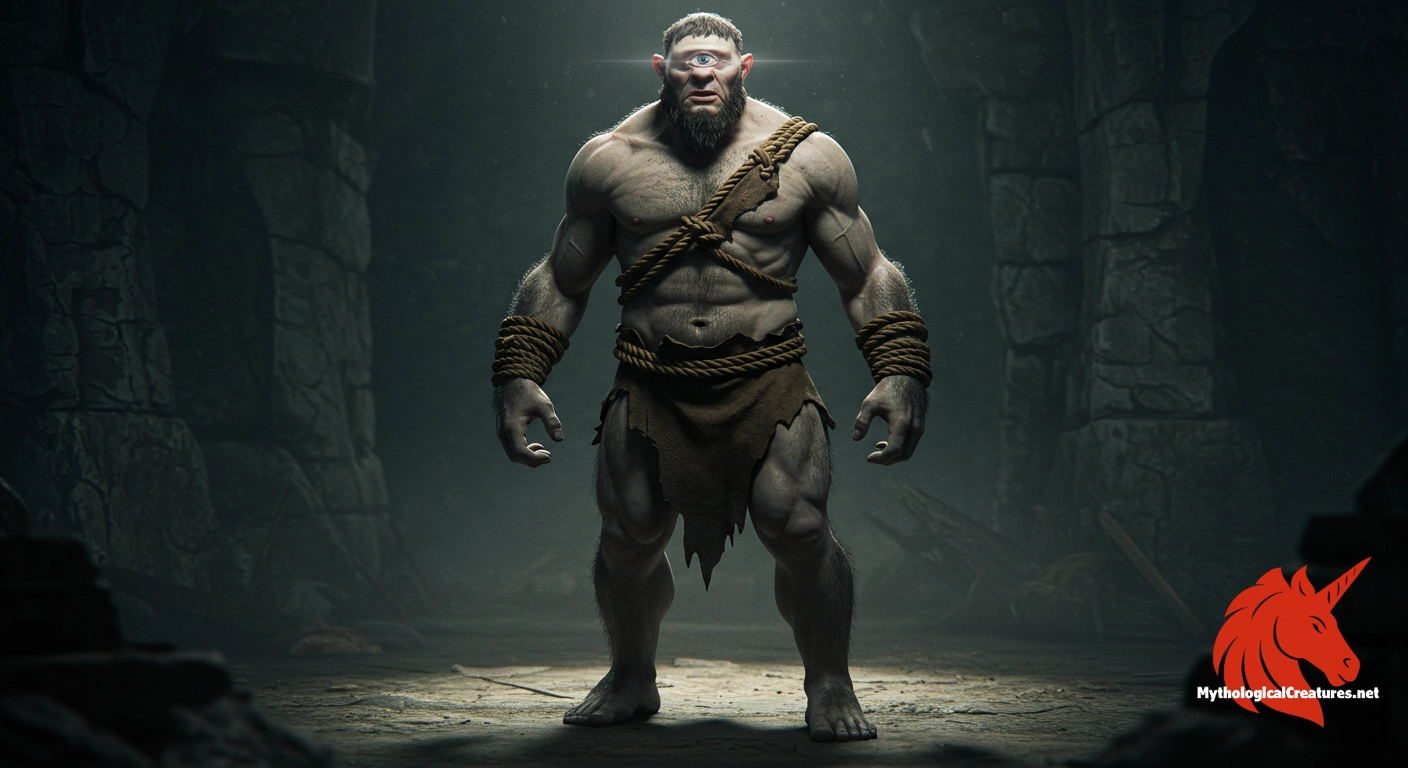
These mythological creatures share several key characteristics:
- Primordial Origins: They often emerge from the earliest stages of creation or are linked to fundamental forces of nature.
- Symbolic Significance: They are deeply symbolic, embodying abstract concepts like chaos, order, wisdom, death, or creation.
- Divine or Demonic Affiliations: They are frequently associated with gods, goddesses, or demonic entities, acting as their agents, adversaries, or offspring.
- Cosmological Roles: They often play significant roles in myths explaining the cosmos, the origins of the world, or the workings of the universe.
- Lack of Verifiability: Their existence is not considered to be historically or scientifically verifiable; they are understood as existing within the symbolic and narrative realm of myth.
Understanding these characteristics allows us to distinguish mythical creatures from those found in legends and folklore, recognizing their foundational role in shaping cultural worldviews and belief systems.
Traits of Legendary Creatures: Bridging History and the Fantastic
Legendary creatures occupy a different space than their mythical counterparts. While still fantastical, they are often perceived as having a closer connection to the historical world, blurring the lines between reality and imagination. The traits of legendary creatures often revolve around their association with specific places, historical events, or figures, lending them a veneer of plausibility, even if their existence remains unproven.
Let's examine the provided examples of legendary category creatures:
-
King Arthur's Dragon: While King Arthur himself is a figure debated between history and legend, the dragon he battles, often unnamed or simply referred to as "the dragon," is a classic legendary beast. It represents a monstrous threat to the kingdom, a challenge to Arthur's heroic status, and a symbol of chaos that must be overcome to establish order.
-
Beowulf's Grendel: In the Old English epic Beowulf, Grendel is a monstrous creature terrorizing the mead hall of Heorot. He is described as a descendant of Cain, linking him to biblical narratives and representing primal evil and the forces of darkness that threaten civilization. While the poem is fictional, it is set in a semi-historical context and Grendel functions as a legendary antagonist.
-
Loch Ness Monster: "Nessie," as it is affectionately known, is a cryptid said to inhabit Loch Ness in the Scottish Highlands. Unlike mythical creatures of ancient origin, the Loch Ness Monster is a relatively modern legend, gaining prominence in the 20th century. It embodies the allure of the unknown, the mystery of unexplored depths, and the enduring human fascination with monsters lurking just beyond our perception.
-
Bigfoot/Sasquatch: This large, hairy hominid is a cryptid reported in North America, particularly in forested areas. Bigfoot legends are rooted in indigenous folklore and have been amplified by modern sightings and media attention. Bigfoot represents the untamed wilderness, the possibility of undiscovered species, and the enduring mystery of the natural world.
-
Yeti: Also known as the Abominable Snowman, the Yeti is a cryptid said to inhabit the Himalayan region. Similar to Bigfoot, Yeti legends are rooted in local folklore and have been amplified by Western explorers' accounts. The Yeti represents the mysteries of unexplored mountain ranges, the resilience of life in extreme environments, and the enduring human fascination with hidden hominids.
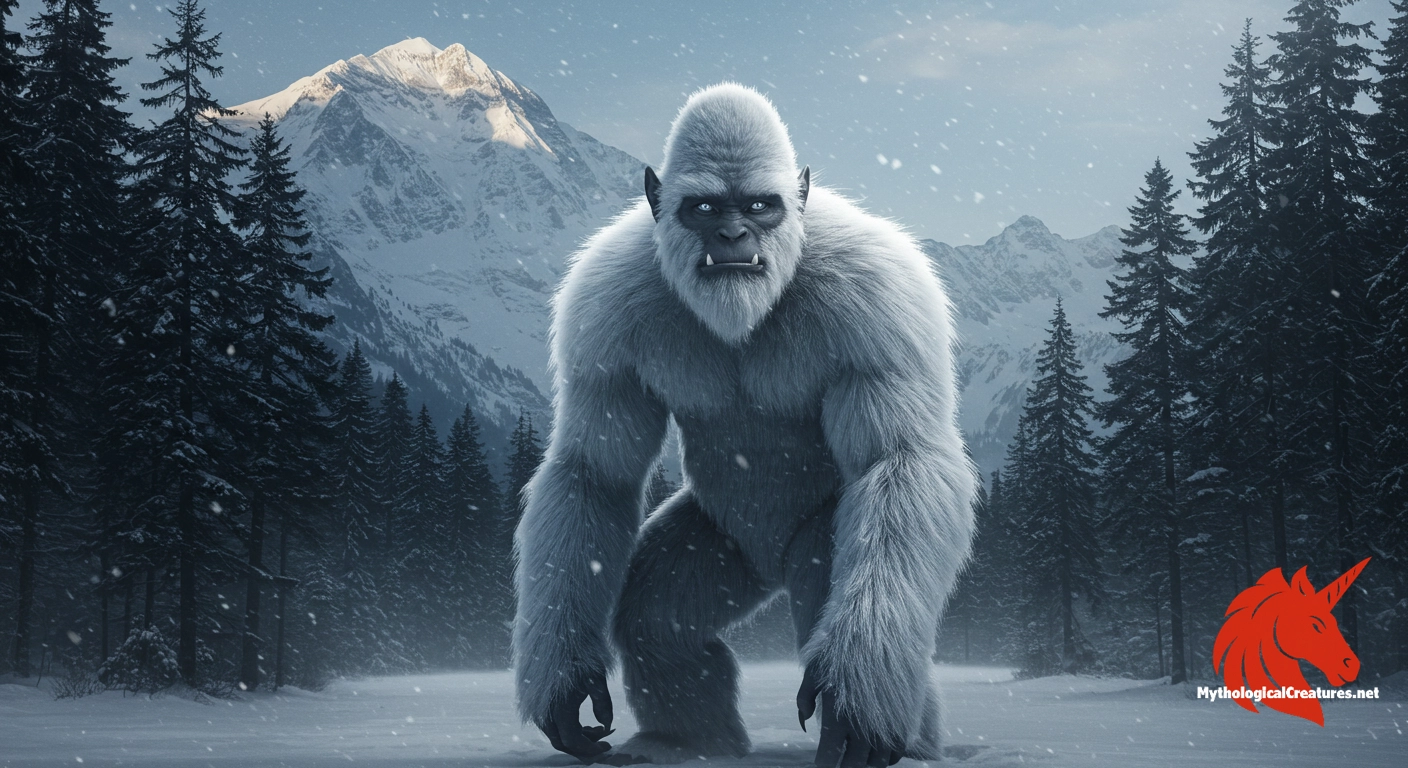
These legendary creatures share these common traits:
- Quasi-Historical Setting: Legends are often set in a recognizable historical or geographical context, even if the fantastical elements are clearly exaggerated.
- Human-Centric Narratives: Legends frequently revolve around human protagonists, heroes, or communities interacting with the legendary creatures.
- Local or Regional Focus: Many legends are tied to specific locations, landmarks, or communities, contributing to local identity and folklore.
- Ambiguity of Existence: The existence of legendary creatures is often debated; they occupy a liminal space between accepted reality and imaginative belief. There is often a degree of belief or at least the possibility of belief associated with them.
- Moral or Didactic Elements: Legends often convey moral lessons, warnings, or explanations for local phenomena, reinforcing cultural values and beliefs.
While still fantastic, legendary creatures often feel more tangible and relatable than mythical beings. They bridge the gap between the mundane and the magical, reflecting human anxieties, hopes, and the enduring desire to find wonder in the world around us.
Elements of Folkloric Beings: Inhabitants of the Everyday World
Folkloric beings are perhaps the most diverse and intimately connected to human life among these categories. They are not grand cosmological figures like mythical creatures, nor are they necessarily tied to historical narratives like legendary beings. Instead, elements of folkloric beings are deeply woven into the fabric of everyday life, reflecting local customs, superstitions, and the concerns of ordinary people. Folklore beings vs mythical creatures represent a different kind of supernatural engagement, one that is more immediate, localized, and often concerned with the practicalities of daily existence.
Let's explore the provided examples of folkloric category creatures:
-
Leprechaun: From Irish folklore, the leprechaun is a diminutive, mischievous fairy often associated with shoemaking and hidden pots of gold at the end of rainbows. Leprechauns embody trickery, wealth, and the whimsical side of the fairy realm, often serving as cautionary tales about greed and the elusive nature of fortune.
-
Elf: Elves, found in Germanic and Norse folklore, are varied and complex beings. They can range from beautiful, ethereal beings associated with nature and magic to mischievous and sometimes malevolent creatures. Elves represent the power and mystery of the natural world, the potential for both beauty and danger in the unseen realms.
-
Goblin: Goblins are generally mischievous and often malevolent creatures found in various European folklore traditions. They are often depicted as grotesque, greedy, and associated with dark places or underground realms. Goblins represent the darker aspects of the supernatural, the potential for trouble and misfortune lurking in the shadows.
-
Fairy: Fairies, also known as faeries, fae, or the fair folk, are a broad category of supernatural beings found in Celtic and European folklore. They are incredibly diverse, ranging from benevolent nature spirits to dangerous and capricious entities. Fairies represent the magic and wonder of the natural world, the existence of realms beyond human perception, and the complex relationship between humans and the supernatural.
-
Brownie: From Scottish and English folklore, brownies are household spirits that are said to help with chores around the house, especially at night. They are generally benevolent but can be easily offended and may become mischievous if mistreated. Brownies represent the helpful spirits of the home, the potential for reciprocal relationships with the supernatural, and the importance of respect and gratitude.
-
Troll: Trolls, from Scandinavian folklore, are often depicted as large, ugly, and slow-witted creatures that live under bridges or in caves. They are generally malevolent and dangerous to humans, representing the wild and untamed aspects of nature and the threats lurking in the wilderness.
-
Gnome: Gnomes are small, earth-dwelling spirits often associated with gardens, mines, and the earth's treasures. They are often depicted as wise and knowledgeable about the secrets of the earth, representing the hidden wisdom and potential bounty of the natural world.
-
Boggart: From English and Celtic folklore, boggarts are household spirits similar to brownies but more mischievous and prone to causing trouble. They are often associated with specific houses or families and can be difficult to get rid of. Boggarts represent the unpredictable and sometimes disruptive forces that can intrude into domestic life, requiring cleverness and resilience to manage.
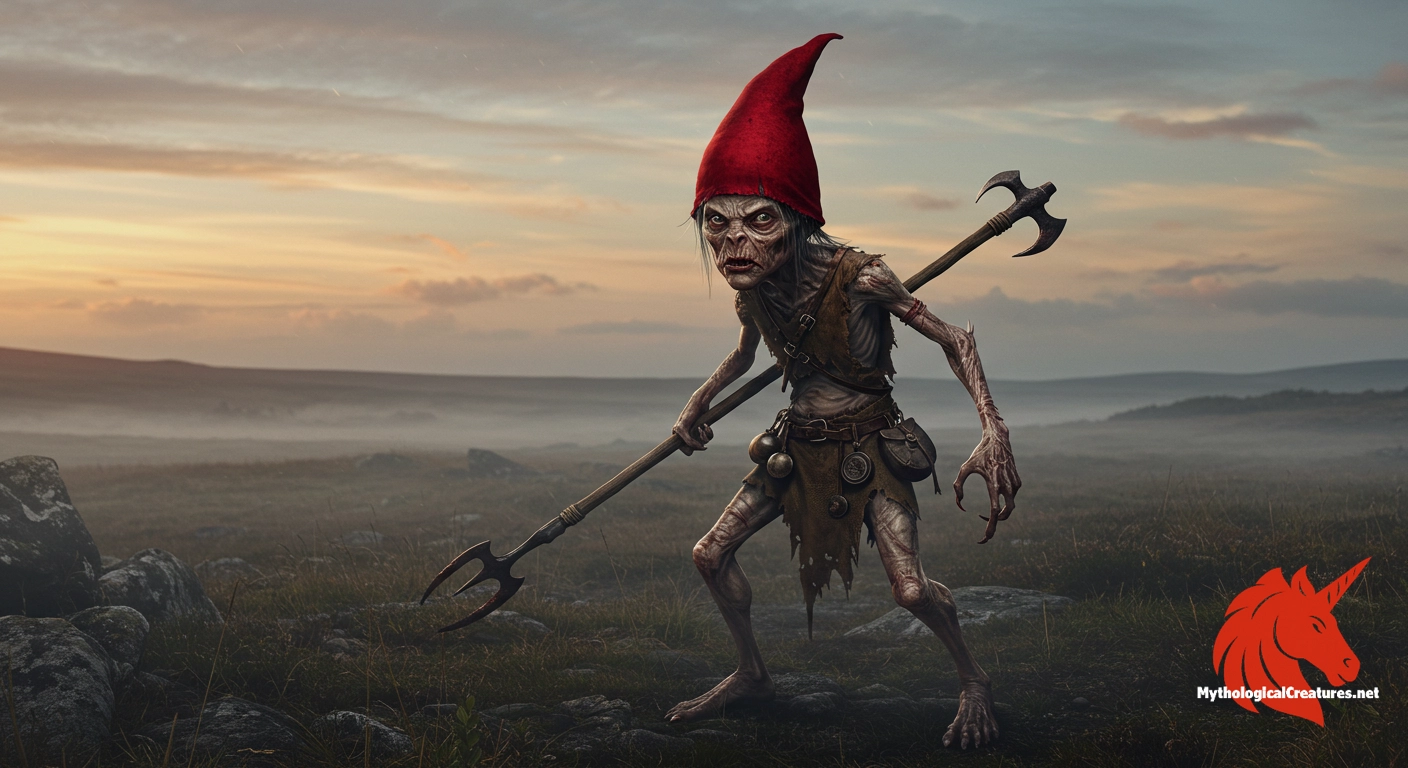
These folkloric beings share these characteristics:
- Everyday Context: They are deeply embedded in everyday life, often interacting with humans in domestic, agricultural, or local community settings.
- Localized and Varied: Folkloric beings are often highly localized, with specific traditions and descriptions varying from region to region and even village to village.
- Practical Concerns: They are often associated with practical concerns like good fortune, protection from misfortune, household chores, or agricultural success.
- Moral and Social Regulation: Folkloric beings often serve to reinforce social norms, teach moral lessons, or explain everyday occurrences. Stories about them can act as cautionary tales or models for behavior.
- Oral Tradition and Adaptability: Folkloric beings are primarily transmitted through oral tradition, allowing for greater flexibility and adaptation to changing cultural contexts.
Folkloric creatures are the most immediate and relatable of the three categories. They reflect the everyday concerns and anxieties of communities, providing a framework for understanding the world around them and navigating the complexities of human existence within a perceived supernatural landscape.
Overlapping Categories and Gray Areas: The Fluidity of Supernatural Beings
While we have outlined distinct characteristics for mythical, legendary, and folkloric creatures, it is crucial to acknowledge that these categories are not always rigidly defined. There are significant overlapping categories and gray areas where creatures can blur the lines between classifications. The supernatural creature categories are not always mutually exclusive, and the same being might be interpreted differently across cultures or over time.
For example, dragons, as mentioned earlier, can appear in all three categories. Mythological dragons, like the dragon slain by Apollo in Delphi, represent primordial chaos or cosmic forces. Legendary dragons, like the one in the Arthurian legends, are tied to specific heroic narratives and historical (or quasi-historical) contexts. Folkloric dragons might be smaller, more localized creatures associated with specific places or superstitions, like the Welsh dragons or the dragon myths connected to local landmarks.
Similarly, elves, while primarily considered folkloric, can also have elements of legend and even myth depending on the specific tradition. In Norse mythology, elves (álfar) are connected to the gods and have a more cosmological significance than the elves of later European folklore, who are more often associated with forests, fairies, and everyday magic.
Furthermore, the process of storytelling itself contributes to category blurring. Myths can evolve into legends as they become localized and historicized. Folkloric beliefs can incorporate elements of older myths and legends, adapting them to contemporary contexts. The oral and dynamic nature of these traditions means that categories are not static but constantly shifting and interacting.
The existence of cryptids like Bigfoot or the Loch Ness Monster further complicates the categorization. Are they legendary creatures because they are associated with specific locations and stories of sightings? Or are they evolving into a modern form of folklore, reflecting contemporary anxieties and fascinations with the unknown? The ongoing debate and evolving narratives surrounding cryptids highlight the fluidity of these categories and the dynamic nature of belief systems.
Cultural Contexts and Variations: A Global Bestiary
Understanding the cultural contexts and variations is essential when discussing mythical, legendary, and folkloric creatures. The same type of creature might be perceived and categorized differently across cultures, reflecting unique worldviews, belief systems, and historical experiences.
For instance, the concept of "fairy" is predominantly European, particularly Celtic and Germanic. However, many cultures around the world have similar types of beings that might be considered analogous to fairies, even if they are not directly labeled as such. In Japanese folklore, we have yōkai, a broad category of supernatural creatures encompassing a vast array of beings, some of which share characteristics with European fairies, while others are distinctly Japanese. Similarly, in African folklore, there are numerous spirits and nature beings that might be categorized as folkloric, but their specific roles, attributes, and cultural significance are deeply rooted in African cosmologies and traditions.
Even within a single broad category, like "mythical creatures," there are significant cultural variations. Greek mythology, with its Olympian gods and monstrous hybrids, differs significantly from Norse mythology, with its Aesir and Vanir gods, giants, and mythical beasts like Jörmungandr, the world serpent. Egyptian mythology, with its animal-headed deities and complex cosmology, presents yet another distinct system of mythical beings and narratives.
The classification of mythical beings, therefore, must consider the specific cultural context in which they arise. A creature that is considered a central figure in one culture's mythology might be absent or play a minor role in another. Understanding these cultural nuances is crucial for avoiding generalizations and appreciating the richness and diversity of human imagination.
How Scholars Categorize Supernatural Beings: Academic Approaches to Classification
Academics from various disciplines, including folklore studies, anthropology, religious studies, and comparative mythology, have developed various approaches to how scholars categorize supernatural beings. These approaches aim to provide frameworks for understanding the diverse array of creatures and belief systems across cultures.
One common approach is to categorize creatures based on their function within a culture's worldview. For example, some scholars distinguish between "high gods" and "nature spirits," reflecting the different roles these beings play in religious and everyday life. "High gods" are typically associated with creation myths, cosmic order, and overarching religious systems, while "nature spirits" are more localized, connected to specific places and natural phenomena, and often integrated into folk traditions.
Another approach focuses on the narrative context in which creatures appear. This aligns with our distinction between myth, legend, and folklore, recognizing that the type of story in which a creature features significantly shapes its meaning and interpretation. Scholars might analyze the genre of a story (myth, legend, folktale) to understand the creature's role and significance within that narrative framework.
Anthropologists often categorize supernatural beings in relation to social structures and cultural practices. They might examine how beliefs in certain creatures reinforce social norms, regulate behavior, or provide explanations for social phenomena. For example, beliefs in mischievous spirits might serve as a way to explain misfortune or social disruptions, while stories about benevolent spirits might encourage prosocial behavior and community cohesion.
Comparative mythologists seek to identify archetypes and universal patterns across different mythologies. They might argue that certain types of creatures, like dragons or tricksters, appear in various cultures because they represent fundamental human experiences or psychological archetypes. This approach aims to identify common threads in human imagination and belief systems across diverse cultural contexts.
It is important to note that no single classification of mythical beings or supernatural creatures is universally accepted. The field is constantly evolving, with scholars debating different approaches and refining their frameworks. However, these academic approaches provide valuable tools for understanding the complexities of supernatural creatures and their significance within human cultures.
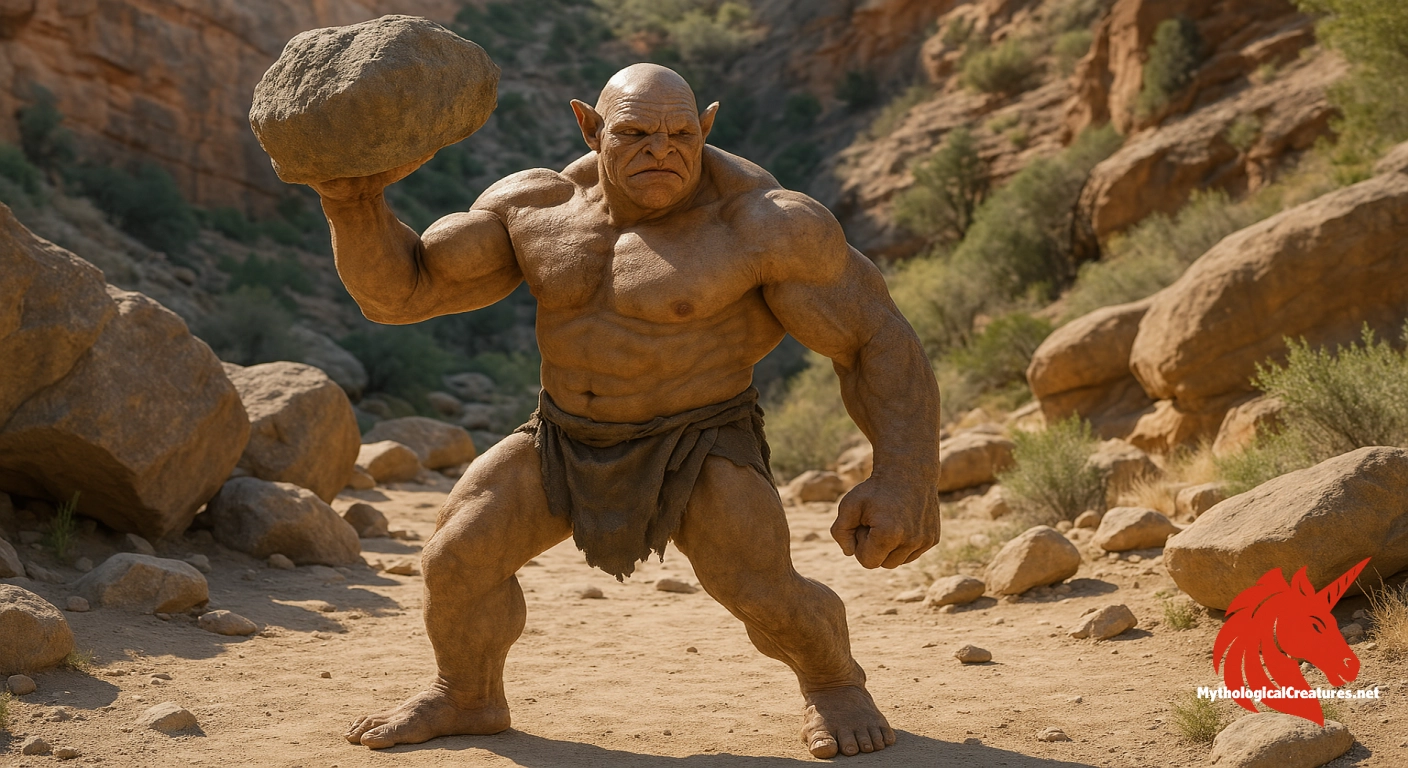
Modern Interpretations and Category Evolution: Supernatural Beings in the 21st Century
In the 21st century, the categories of mythical, legendary, and folkloric creatures continue to evolve and adapt to modern contexts. Modern interpretations and category evolution are evident in popular culture, contemporary folklore, and the ongoing human fascination with the supernatural.
Popular culture, through literature, film, television, and video games, frequently draws upon and reinterprets creatures from mythology, legend, and folklore. Mythological creatures like dragons, griffins, and unicorns have become staples of fantasy genres, often reimagined and integrated into new narrative frameworks. Legendary creatures like vampires, werewolves, and zombies have been popularized and transformed, becoming iconic figures in horror and urban fantasy. Folkloric creatures like fairies and elves continue to inspire children's stories and fantasy literature, often adapted and modernized for contemporary audiences.
The internet and social media have also played a significant role in shaping supernatural creature categories in the modern era. Cryptids like Bigfoot and the Mothman have gained renewed attention through online communities and viral content. Urban legends and contemporary folklore spread rapidly online, creating new forms of digital folklore and adapting traditional narratives to the digital age. The internet has become a breeding ground for new folklore, with memes, creepypastas, and online narratives contributing to the ongoing evolution of supernatural belief.
Moreover, the boundaries between these categories continue to blur in modern interpretations. Fantasy literature and media often blend elements of mythology, legend, and folklore, creating hybrid worlds and creature classifications. The concept of "mythology" itself has expanded in popular usage to encompass not only ancient religious narratives but also fictional worlds and invented mythologies, as seen in franchises like Star Wars or The Lord of the Rings.
The difference between mythical legendary folkloric creatures is not always clear-cut, but understanding the core characteristics of each category provides a valuable framework for navigating the vast realm of supernatural beings. Mythology offers primordial archetypes and cosmological explanations, legends bridge history and the fantastic with localized narratives, and folklore embodies the everyday supernatural within communities. While these categories overlap and evolve across cultures and time, they collectively represent the enduring power of human imagination and the ongoing quest to understand and populate the world around us with the extraordinary. As we move forward, the fascination with these types of supernatural creatures will undoubtedly continue, shaping and reshaping our understanding of the boundaries between reality and imagination, the mundane and the magical.